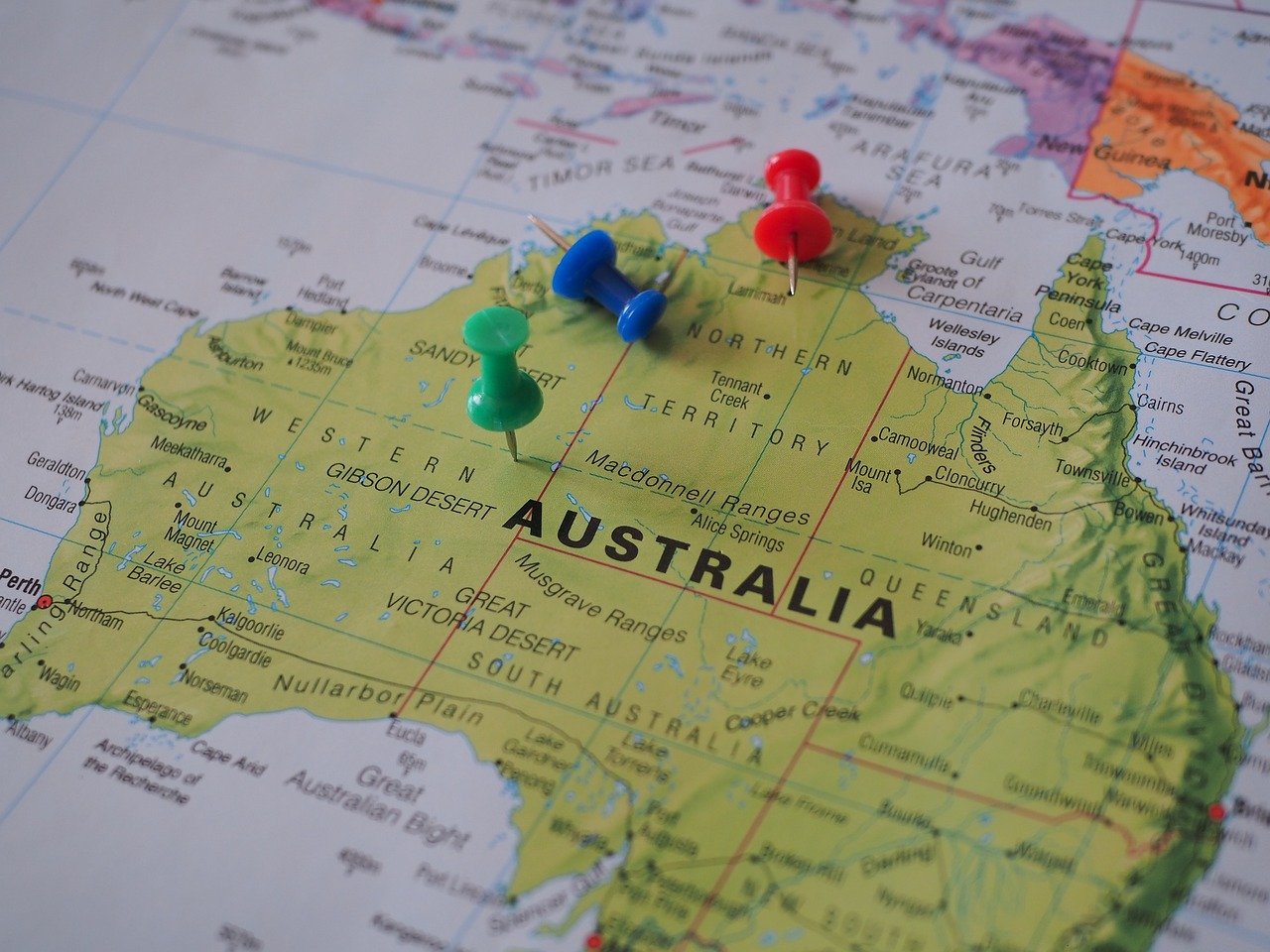Australia, often referred to as the “Land Down Under,” is a dream destination for many. Known for its diverse landscapes, thriving cities, and high standard of living, Opportunities in australia for those looking to live, work, or simply explore. From iconic landmarks like the Sydney Opera House to the rugged beauty of the Outback, Australia is a land of contrasts and possibilities.
Whether you’re planning to move for work, study, or adventure, this comprehensive guide will provide you with insights into what makes Australia an exceptional place to live, work, and travel.
1. Why Choose Australia?
High Quality of Life
Australia consistently ranks among the top countries for quality of life. With excellent healthcare, top-notch education, and a strong economy, it’s no wonder why millions dream of calling Australia home.
Diverse Opportunities
- Work: From thriving tech hubs in Sydney and Melbourne to mining opportunities in Western Australia, the country boasts a variety of industries.
- Study: Australian universities are globally recognized, making it a top choice for international students.
- Travel: The country’s diverse geography means you can experience beaches, rainforests, deserts, and snow-covered mountains—all in one trip.
Multicultural Society
With people from over 200 countries,Opportunities in australia is a melting pot of cultures. This diversity enriches its food, festivals, and daily life, making it an inclusive place for everyone.
2. Living in Australia
Cost of Living
The cost of living in Australia varies depending on the city. Major cities like Sydney and Melbourne are more expensive, while cities like Adelaide, Perth, and Brisbane offer more affordable options.
- Housing: Renting is common for newcomers. Expect to pay around AUD $400–$600 per week for a city apartment.
- Transportation: Public transport is reliable, with trains, buses, and trams widely available in urban areas.
- Food: Dining out is a treat, with a meal costing approximately AUD $15–$20 at a mid-range restaurant.
Weather and Climate
Australia’s climate varies for different regions. There are lot of opportunities in Australia for different regions :
- Tropical in the north
- Desert in the central regions
- Temperate in the south
3. Working in Australia
Thriving Industries
Oopportunities in Australia offers across various sectors:
- Healthcare: Demand for nurses, doctors, and aged-care workers is high.
- Technology: Start-ups and established companies seek IT professionals.
- Construction: Skilled labor is essential for Australia’s growing infrastructure.
- Education: Teachers, especially in rural areas, are in demand.
Work Visa Options
For Opportunities in Australia, you’ll likely need a visa. Popular options include:
- Temporary Skill Shortage Visa (TSS): For skilled workers.
- Employer Nomination Scheme (ENS): For permanent positions.
- Working Holiday Visa: Ideal for young travelers looking to work short-term.
Salary Expectations
The average salary in Australia is AUD $90,000 per year, but this varies by industry.
4. Studying in Australia
Top Universities
Australia is home to world-class institutions:
- University of Melbourne
- Australian National University (ANU)
- University of Sydney
- University of Queensland
Work Opportunities for Students
International students can work part-time (up to 20 hours per week) while studying, helping offset living costs.
Post-Study Work Options
Graduates can apply for a Temporary Graduate Visa to gain work experience in Australia after completing their studies.
5. Exploring Australia: A Traveler’s Paradise
Top Attractions
- Sydney Opera House and Harbour Bridge: Icons of Sydney’s skyline.
- Great Barrier Reef: The world’s largest coral reef system.
- Uluru (Ayers Rock): A spiritual and cultural landmark in the Outback.
- Great Ocean Road: A scenic coastal drive.
Adventure Activities
- Surfing in Bondi Beach: Perfect for beginners and experts alike.
- Hiking in Tasmania: Explore the pristine wilderness.
- Skydiving in Cairns: Get an adrenaline rush over tropical landscapes.
6. Tips for Moving to Australia
Plan Your Finances
Save enough to cover at least three months of living expenses as you settle in.
Understand Australian Culture
Australians value work-life balance and have a laid-back attitude. Learning some local slang like “mate” and “arvo” can help you fit in.
Embrace Outdoor Living
With year-round sunshine, Australians love outdoor activities like barbecues, beach outings, and sports.
Conclusion
Australia is more than a destination—it’s an opportunity to experience a unique lifestyle, build a career, and create unforgettable memories. Whether you’re drawn by its stunning landscapes, vibrant cities, or welcoming communities, Australia promises something for everyone. Take the leap and discover all that the Land Down Under has to offer.
FAQs
1. What’s the best time to visit Australia?
The best time to visit is during the Australian summer (December–February) for beaches or winter (June–August) for skiing in the south.
2. Do I need health insurance in Australia?
Yes, international residents and travelers are advised to have health insurance. Some visas also require it.
3. Can I work while studying in Australia?
Yes, international students can work up to 20 hours per week during term and full-time during holidays.
4. Is it easy to migrate to Australia?
Migrating depends on your skills, visa category, and other factors. Skilled professionals have higher chances under Australia’s point-based system.
5. What’s the best city to live in Australia?
Sydney and Melbourne are popular for their job markets and lifestyle. Adelaide and Perth are quieter, more affordable options.

